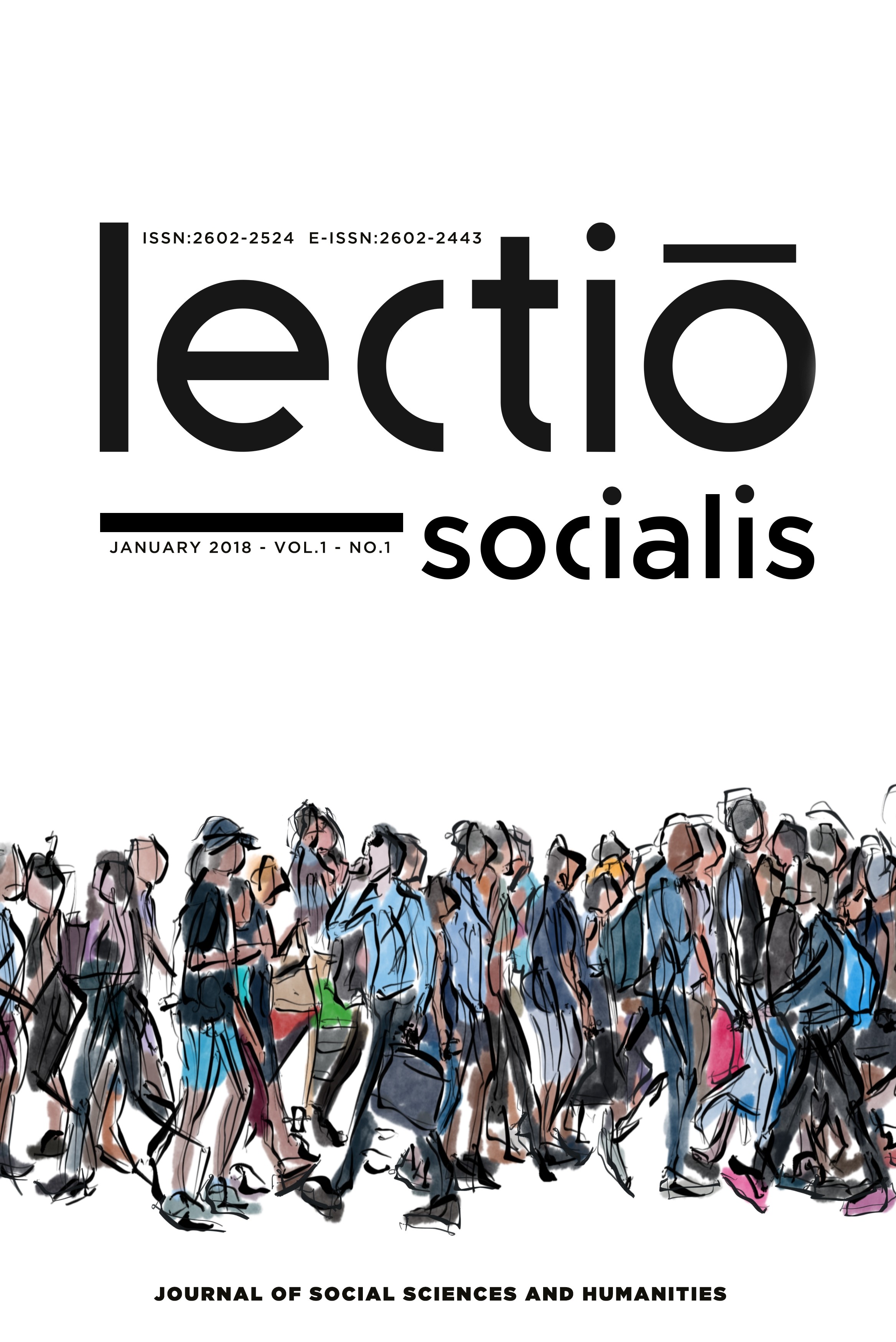American-Turkish Relations in the Aftermath of the WWII: The Beginning of American Hegemony Over Turkey
American-Turkish Relations in the Aftermath of the WWII: The Beginning of American Hegemony Over Turkey
This article aimed to examine the post-WWII era’s international environment and the US’s changing attitude towards Turkey in light of Morgenthau’s political realist perspective. The US was not eager to have close relations with Turkey during the very early post-war period as it also embraced an isolationist foreign policy. Interestingly enough, the US had a close relationship with the USSR during and after WWII. More specifically, the close relationship between the USSR and the US continued until the US perceived the USSR as more of a foe, a threat to its national interest rather than a difficult friend. After the US realized the Soviet threat to its national interest, it started to have close relations and a partnership with Turkey. Although the US acted with the moral thesis of “democracy advocacy” to legitimize its close ties with Turkey, the relations that had been established in reality emerged with the concern of maximizing the US’s national interests. This situation was explained and exemplified by showing the course of the emerging ties. The study concluded that the Turkey-US “strategic partnership”, claimed to serve the interests of both states, is actually shaped around the US’s national interests.
___
- Art, R. J. & Jervis , R., 2014. International Politics. 12th Edition. Pearson.
- Çakmak, C., 2011. Türkiye-ABD İlişkilerinde Stratejik Ortaklık. In: C. Çakmak, C. Dinç & A. Öztürk , eds. Yakın Dönem Amerikan Dış Politikası Teori ve Pratik. Ankara: Nobel.
- Art, R. J. & Jervis , R., 2014. International Politics. 12 ed. s.l.:Pearson.
- Evered, K. T. h., 2010. The Truman Doctrine in Greece and Turkey: America’s Cold War Fusion of Development an Security. Arab World Geographer., 13(1), pp. 50-66.
- Feifer, G., 1999. Utopian Nostalgia: Russia's "New Idea". World Policy Journal , Fall, 16(3), pp. 111-118.
- Güler, Y., 2004. II. Dünya Harbi Sonrası Türk-Amerikan İlişkileri (1945-1960). Gazi Üniversitesi Kırşehir Eğitim Fakültesi, 5(2), pp. 209-224.
- Harris, G., 1972. Troubled Alliance: Turkish-American Problems in Historical Perspective, 1945-71. s.l.:AEI Press.
- Harris, G., 2004. Turkish-American Relations Since the Truman Doctrine. In: Ç. Erhan & M. Aydın, eds. Turkish-American Relations Past, Present and Future. London: Routledge, pp. 68-88.
- Hook, S. W. & Spainer, J., 2014. Amerikan Dış Politikası -İkinci Dünya Savaşı'ndan Günümüze. İstanbul: İnkilap.
- Hurrewitz, J. C., 1953. Middle East Dilemmas: The Background of United States Policy, New York: Bureau of Near Eastern Affairs.
- Kissenger, H., 1994. Reflections on Containment. Foreign Affairs , 73(3), pp. 113-130.
- Kuniholm, B. R., 1991. Turkey and the West. Foreign Affairs , 70(2), pp. 34-48.
- Lefebvre, M., 2005. Amerikan Dış Politikası. İstanbul: İletişim.
- Leffler, M., 1985. Strategy, Diplomacy, and the Cold War: The United States, Turkey, and NATO, 1945-1952. The Journal of American History, March, 71(4), pp. 807-825.
- Morgenthau, H. J., 2006. Politics Among Nations The Struggle for Power and Peace. New York: Mcgraw Hill Higher Education.
- Sander, O., 2013. Siyasi Tarih 1918-1994. 22 ed. Ankara: İmge.
- Satterthwaite, J. C., 1972. The Truman Doctrine: Turkey. Annals of the American Academy of Political and Social Science, America and the Middle East, Issue 40, pp. 74-78.
- Başlangıç: 2017
- Yayıncı: Emrah Konuralp
